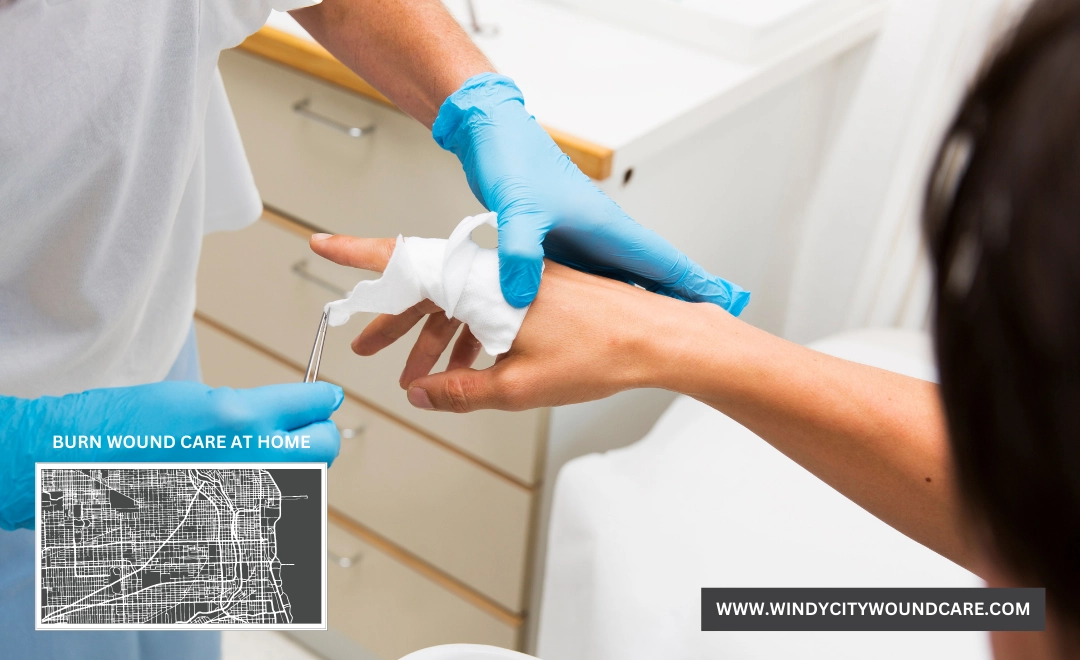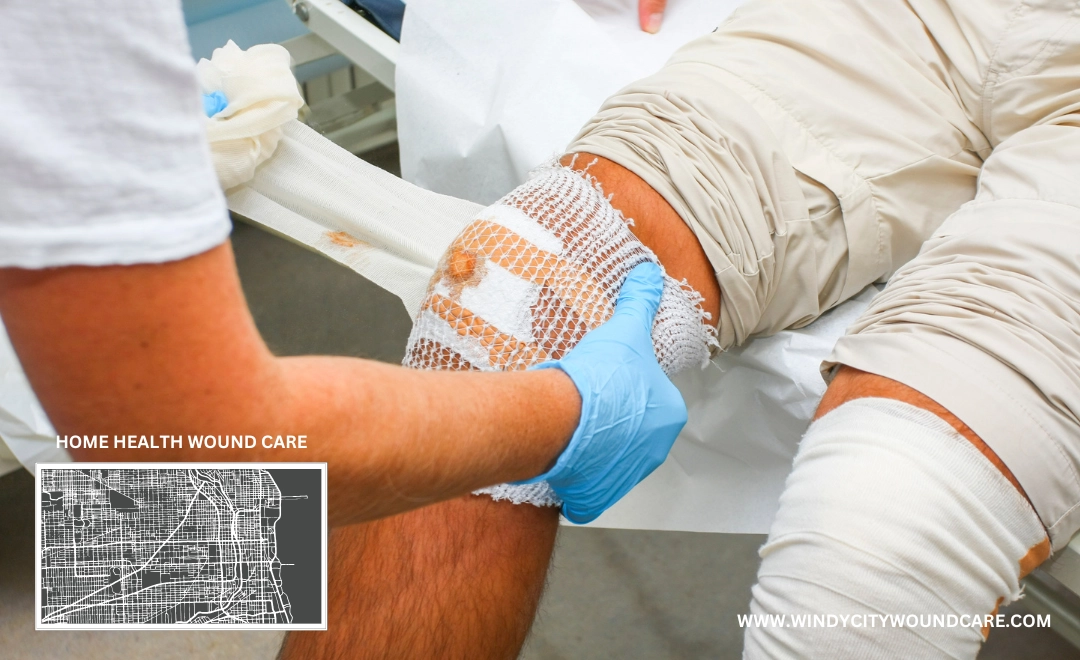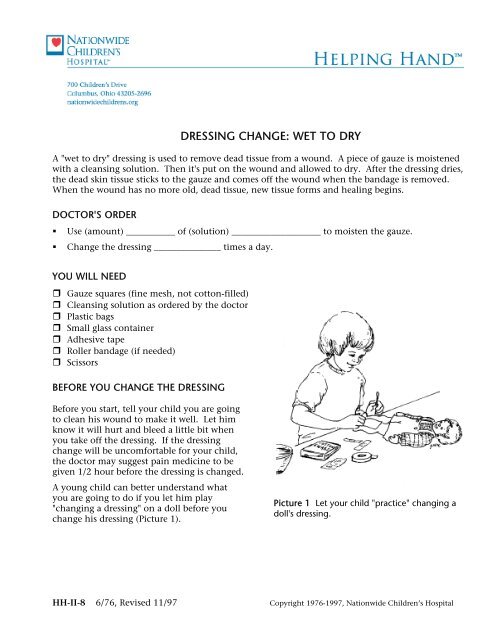
Expert Burn Wound Care at Home in Chicago, Illinois
Caring for burn wounds requires a delicate and specialized approach, especially when done in the comfort of your home. For residents in Chicago, Illinois, accessing expert burn wound care at home is now easier and more effective than ever. With…





